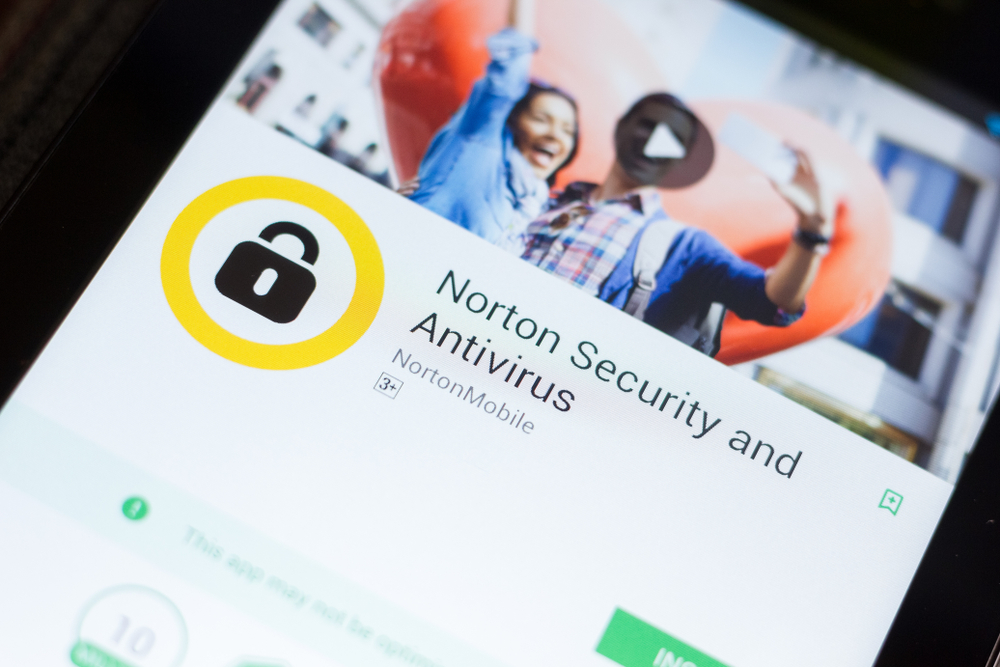Comprehensive Guide to Differentiating Trojans from Computer Viruses
This comprehensive article explains the key differences between Trojans and viruses, highlighting their unique behaviors, threats, and prevention strategies. It provides valuable insights into effective cybersecurity practices, including choosing robust security software, keeping systems updated, and practicing safe browsing. Whether you’re an individual user or managing a business network, understanding these distinctions helps in implementing targeted defenses to protect sensitive data and maintain system integrity. Empower yourself with expert knowledge to stay ahead of increasingly sophisticated malware threats and secure your digital environment effectively.

Comprehensive Guide to Differentiating Trojans from Computer Viruses
In the rapidly evolving world of cybersecurity, understanding the nuances between different types of malware is essential for safeguarding your digital life. Among the myriad threats, Trojans and viruses stand out due to their prevalence and potential for damage. Many users often conflate these two, assuming they are interchangeable, but in reality, they possess distinct characteristics, methods of attack, and implications. This extensive guide aims to clarify the differences between Trojans and viruses, providing you with in-depth knowledge to enhance your cybersecurity defenses effectively. Whether you are a casual user, a small business owner, or an IT professional, grasping these concepts is vital to protect your systems from malicious intrusions.
What is a computer virus? A computer virus is a type of malicious software designed to replicate itself and infect other files or systems. Viruses often spread through malicious email attachments, infected USB drives, or compromised websites. They can remain dormant until triggered by certain actions, such as opening a file or running a program. Once activated, viruses can corrupt or delete data, slow down system performance, or even render hardware unusable. The impact of a virus infection can range from minor irritations to catastrophic data loss. Protecting your system with strong security measures, including antivirus software and cautious online behavior, is crucial in preventing virus attacks.
What is a Trojan horse? Unlike viruses, Trojan horses do not replicate themselves. Instead, they disguise themselves as legitimate applications or files to lure users into installing them. Once inside your system, Trojans can operate silently in the background, executing malicious activities without your knowledge. They often create backdoors, allowing hackers remote access to your device, steal sensitive personal or financial information, or facilitate additional malware installations. The danger posed by Trojans is often more covert and insidious because their appearance as harmless software makes them easier to unwittingly install. Once inside, they can facilitate extensive security breaches, making them a significant threat in today's cyber landscape.
Effective strategies to prevent malware infections
Invest in comprehensive security solutions: Utilizing advanced antivirus and anti-malware software is critical. Choose trusted brands like Norton, Kaspersky, Bitdefender, or Avast, which provide real-time protection and regularly update their malware databases to defend against emerging threats.
Maintain system and software updates: Regularly updating your operating system and all installed programs patch security vulnerabilities that malware might exploit. Whether you use Windows, macOS, or Linux, staying current is foundational to cybersecurity.
Enable and monitor firewalls: Firewalls serve as a barrier between your device and potential threats from the internet. Keep your firewall active and review application permissions and network activity frequently to identify suspicious behavior.
Practice safe browsing and email hygiene: Be cautious about opening attachments or clicking links from unknown sources. Verify the authenticity of websites before downloading files or providing personal information. Avoid visiting dubious sites that may host malware.
Implement backup strategies: Regularly back up important data to an external drive or cloud storage. In case of infection, having recent backups can facilitate recovery and minimize data loss.
If an infection occurs, immediate action such as disconnecting from the network, running a full malware scan, and in severe cases, formatting the device might be necessary. Prevention remains the most effective approach to avoiding costly security breaches or data loss.
Understanding the differences between Trojans and viruses is vital for effective cybersecurity measures. Recognizing how each operates enables you to adopt appropriate prevention tactics, choose the right security tools, and respond swiftly to infections. With cyber threats increasingly sophisticated, laying a solid foundation of knowledge and prevention techniques protects your digital presence against evolving malware attacks. Stay vigilant, update regularly, and employ comprehensive security solutions to safeguard your devices and data effectively.





